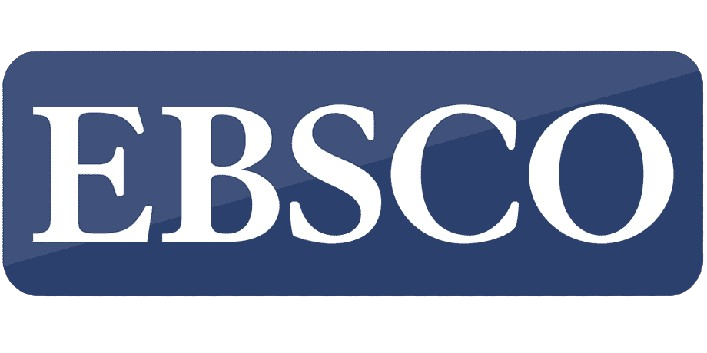Efisiensi Penggunaan Cahaya Matahari oleh Tebu pada Berbagai Tingkat Pemupukan Nitrogen dan Fosfor
DOI:
https://doi.org/10.24831/jai.v40i3.6828Abstract
Light use efficiency is a crucial parameter in plant growth associated with accumulation of energy interception. Nitrogen and phosphorus deficiency reduce leaf area index (LAI) and specific leaf nitrogen and phosphorus (SLN and SLP) content and reduce efficiency of light intercepted by plant canopy structure. This research was conducted in Kebun Bunga Mayang PTPN VII, North Lampung Regency, Lampung Province (04050’S, 104052’E, 38 m above sea level) from July 2008 to September 2009. Treatments were distributed in the field under a randomized complete block design factorial with three replications. The increase in nitrogen fertilizer (N) improved sugarcane light use efficiency. The light use efficiency of the sugarcane plants fertilized with 225 kg N ha-1 was 2.29 g MJ-1 at maximum stem phase. On the contrary, the increasing of phosphor (P) fertilizer did not affect light use efficiency but increased stem dry matter at maximum seedling phase or about 3 month after planting (3 MAP), at maximum stem phase (9 MAP), and at harvest (11 MAP); total dry matter at seedling phase (5 MAP) and at maximum stem phase (9 MAP). Nitrogen did not interact with P in affecting light use efficiency.
Keywords: fertilization N and P, interception radiation, light use efficiency, sugarcane
Downloads
Issue
Section
Articles
How to Cite
Efisiensi Penggunaan Cahaya Matahari oleh Tebu pada Berbagai Tingkat Pemupukan Nitrogen dan Fosfor. (2013). Jurnal Agronomi Indonesia (Indonesian Journal of Agronomy), 40(3). https://doi.org/10.24831/jai.v40i3.6828












